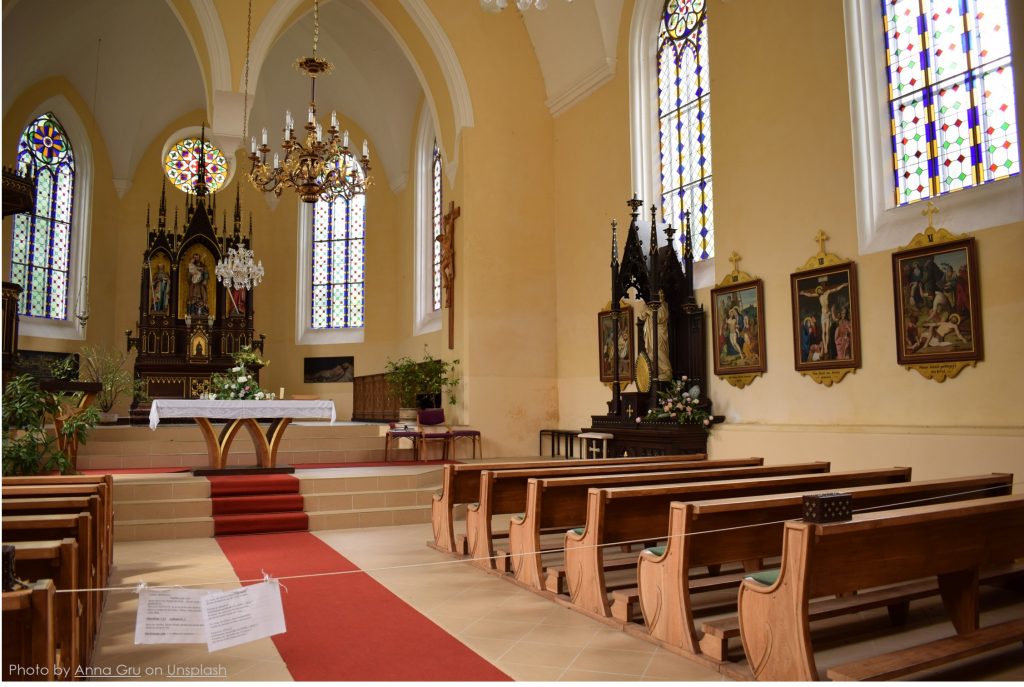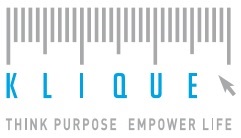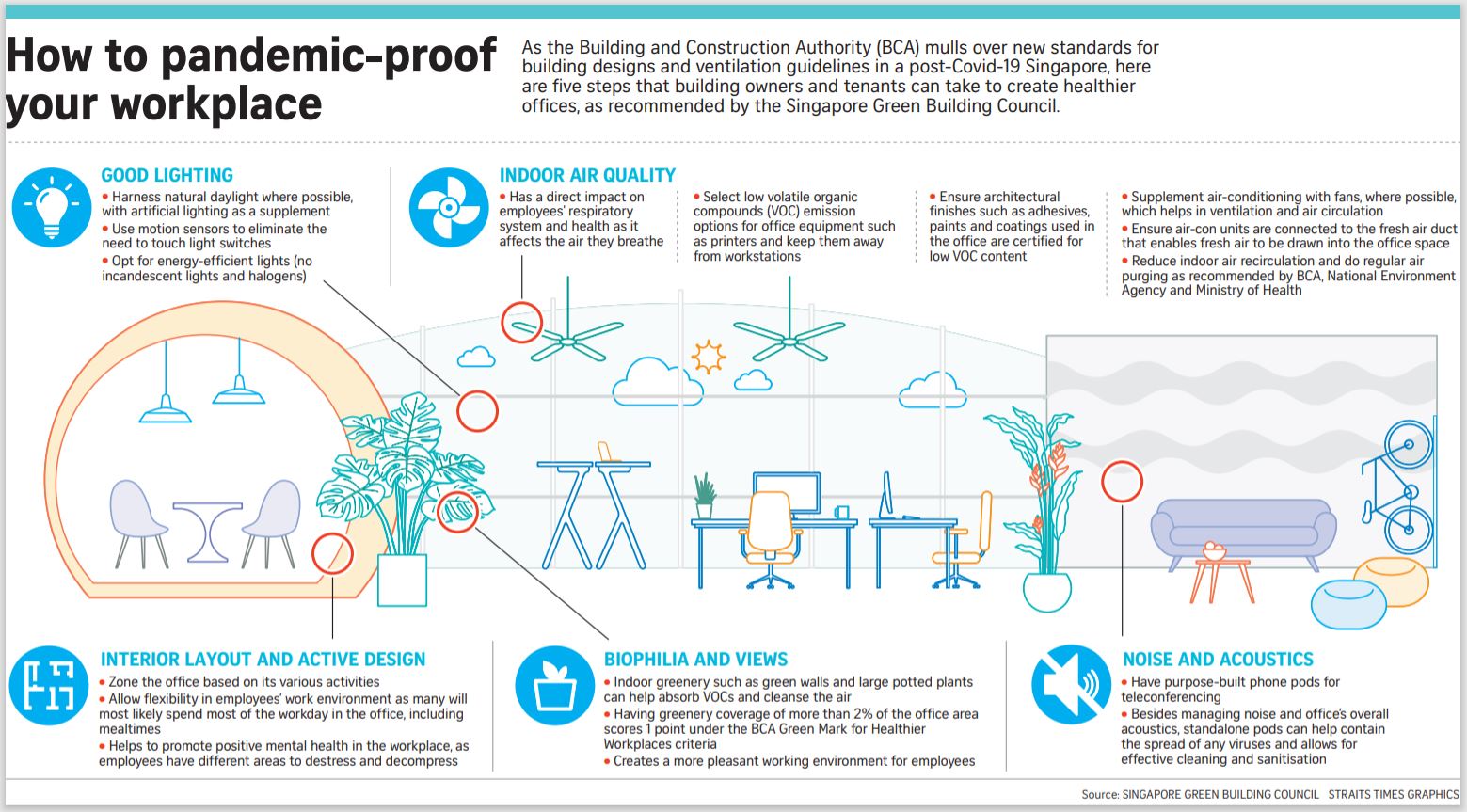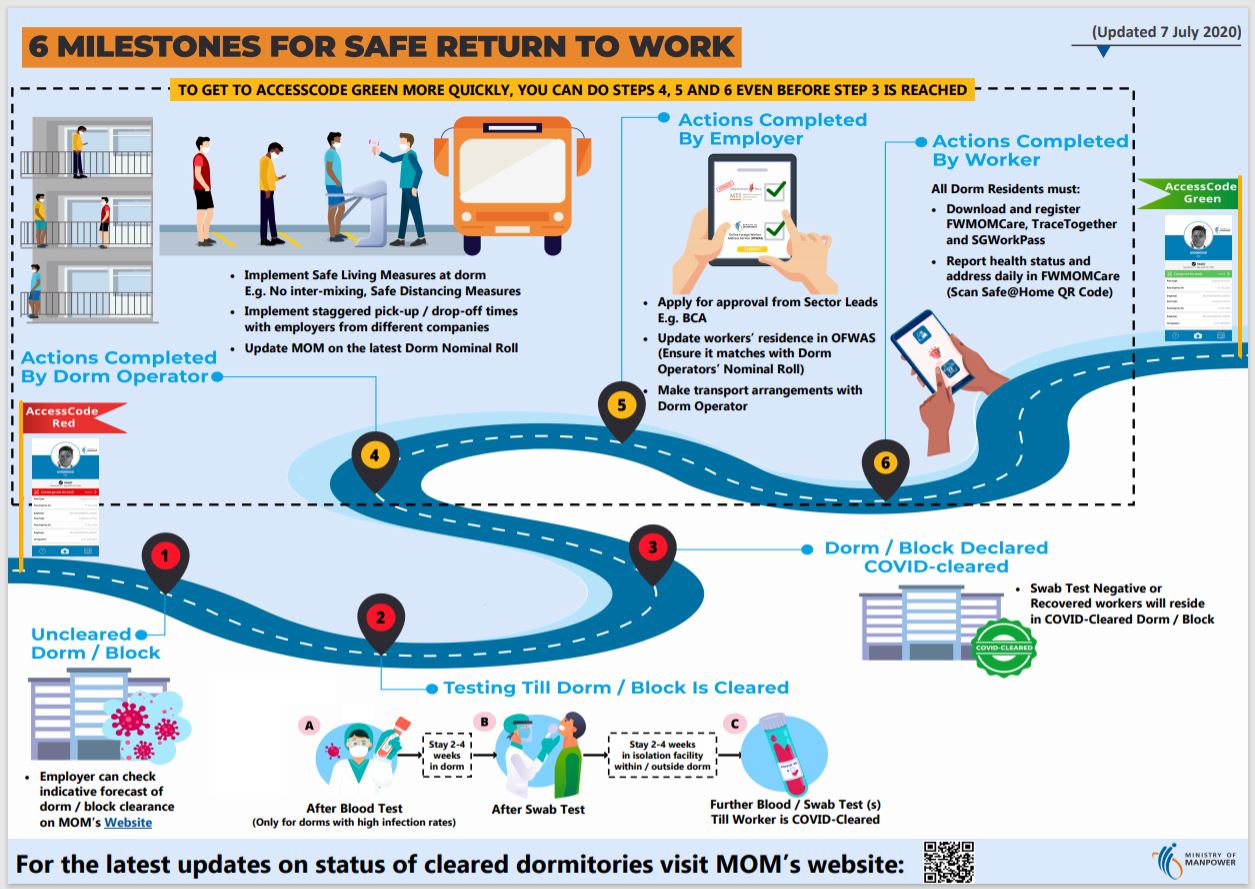
A house or place of worship is any building or other place where people gather and perform activities associated with a religion. Places of worship can include churches, temples, monasteries, synagogues, mosques, and similar places of worship. The reopening of houses or places of worship during the continuing threat of the novel coronavirus should not be interpreted as lessening of the threat of the virus. Failure to adhere to appropriate safeguards during such services, could result in the continued spread of the virus. Some urban religious facilities are residence to viral and antibody testing of undocumented and indigent people for the novel coronavirus, SARS CoV-2 virus. This document focuses on those houses of worship where people gather for religious services, rather than religious services found in the home. Other activities associated with religious organizations can include schooling, temporary sheltering and/or feeding for the needy, business meetings, conferences, retreats, and other social gatherings for cultural and sporting activities. Many of these same recommendations provided in this document can apply to these extended venues. This guide helps address some of the pressing questions houses of worship may have, including: Continue reading “Reopening Guidance for Worship Services and Religious Gatherings”



